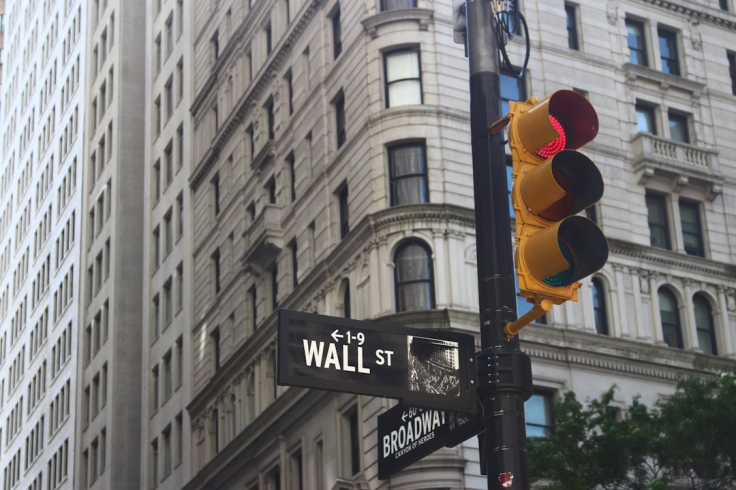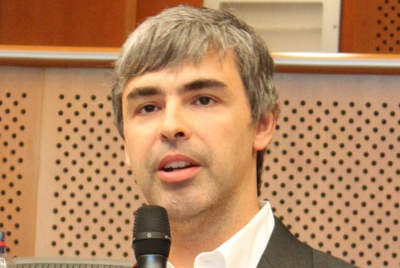Is Diversification Still the Golden Rule for Investors in 2026?
From Crypto to Clean Energy: How Modern Diversification Is Shaping the Future of Personal Finance

Trying to pinpoint the origin of the concept of investment would likely be futile. When we consider the term, financial matters spring to mind, but money is not the only resource involved. You can invest your time, talent, and even physical assets.
Seek advice from experienced individuals and they would likely say, 'Don't put all your eggs in one basket.' It is simple, time-tested advice that makes sense. But in this age, the financial landscape looks nothing like it did in their day. AI is now at the forefront of managed portfolios, cryptocurrencies swing 20% in a day, and fractional ownership of rare artwork or vintage cars is possible from your phone. So, does that old diversification rule still apply?
Yes, diversification is still crucial, but it is no longer just about splitting your money between stocks and bonds. Protecting your investments remains the primary goal.
Technology and AI's Role in Building Your Portfolio
Transparency is everything now in all sorts of industries, from finance to entertainment platforms. For instance, as highlighted by CasinoBeats gambling writer Matt Bastock in his in-depth breakdown of high-payout casinos, people want to know exactly where their money is going and how it is being handled. For iGamers, that means clarity around payment methods, RTP rates, bonuses, and payout speeds. Even though gambling differs from investing, the same principle applies: quality of service and trust in the product matter.
This is just as true for traditional investments as it is for newer, flashier options. Whether you are looking at stocks, crypto, or anything in between, understanding the mechanics behind your choices is no longer optional but an essential concept.
Artificial intelligence is not some far-off futuristic concept; it is already here, and it is shaping how people diversify. Robo-advisors have evolved from simple automated tools into sophisticated systems that can run thousands of economic scenarios in the blink of an eye. They do not just look at past performance; they model everything from interest rate shifts to potential outcomes if a major crypto exchange experiences a bad day. Humans have not become obsolete; far from it. Financial advisors and investors are utilising AI to make smarter decisions and monitor their portfolios.
What Diversification Really Looks Like Now
Remember when a diversified portfolio meant 60% stocks and 40% bonds? Those days are long gone. Today, investors are branching into assets that were unheard of a decade ago. Think crypto assets, peer-to-peer lending platforms, NFTs, and even tokenised real estate. The idea is still to distribute risk, but the playing field is now global, digital, and moving at lightning speed.
Here is the twist: traditional relationships between assets are not behaving like they used to. There was a time when falling stocks meant rising bonds. Now? Everything sometimes seems to move together during a market panic. That has forced investors to look beyond conventional wisdom. It is no longer enough to just own different things; you need to understand how they interact. This is where technology steps in.
People are not just diversifying for safety anymore, either. They are doing it for impact. ESG (Environmental, Social, and Governance) investing is not a side note anymore. It is a major consideration. You might have solar energy ETFs alongside tech stocks, or green bonds mixed with crypto. The baskets are more varied, and what goes into them is as much about belief as it is about balance.
The Crypto Question
Cryptocurrency, the ultimate love-it-or-hate-it asset class, has forced its way into the diversification conversation. Many may argue that Bitcoin and Ethereum do not move in sync with traditional markets, which makes them helpful in spreading risk due to their volatility.
Crypto can indeed serve as a diversifier, especially in times of inflation or when traditional currencies are struggling. But it comes with its own set of risks that are not for the faint of heart. You do not want to be left behind in the crypto race. However, it is best to approach it with clarity and caution. For most, that means a small, strategic allocation rather than a life-saving gamble.
The same thinking applies to other high-risk, high-reward areas, such as SPACs or meme stocks. Diversification today is not about avoiding risk entirely; it is about balancing it.
Geopolitical Shakes and New World Correlations
Global unpredictability affects our investments. For example, supply chain disruptions can impact manufacturing stocks, commodity prices, and even the crypto mining industry all at once. In response, investors are looking for assets that can weather these storms.
The trick is to avoid overlapping risks. It is easy to think you are diversified because you own 20 different stocks, but if they are all in tech, or all reliant on the same geopolitical stability, you are not as protected as you think. Real diversification in 2026 means looking at the bigger picture and understanding how global events connect across your entire portfolio.
Personalisation Matters
Perhaps the biggest shift in diversification is the move toward strategies that are as unique as the investors themselves. We have more data at our fingertips than ever before, from our spending habits to our social values, and that is changing how portfolios are built.
You might have a portfolio that includes clean energy, social impact bonds, and companies with strong diversity policies. This is not just feel-good investing; it is a way of targeting industries that are likely to grow while avoiding those that might face future regulatory or reputational risks.
Age and lifestyle play an impactful role. Newer investors often include crypto, tech stocks, and even gig economy platforms in their mixes. Mature investors would aim for stability and income generation. There is no single right way to diversify anymore; it is about what works for you.
© Copyright IBTimes 2025. All rights reserved.





















